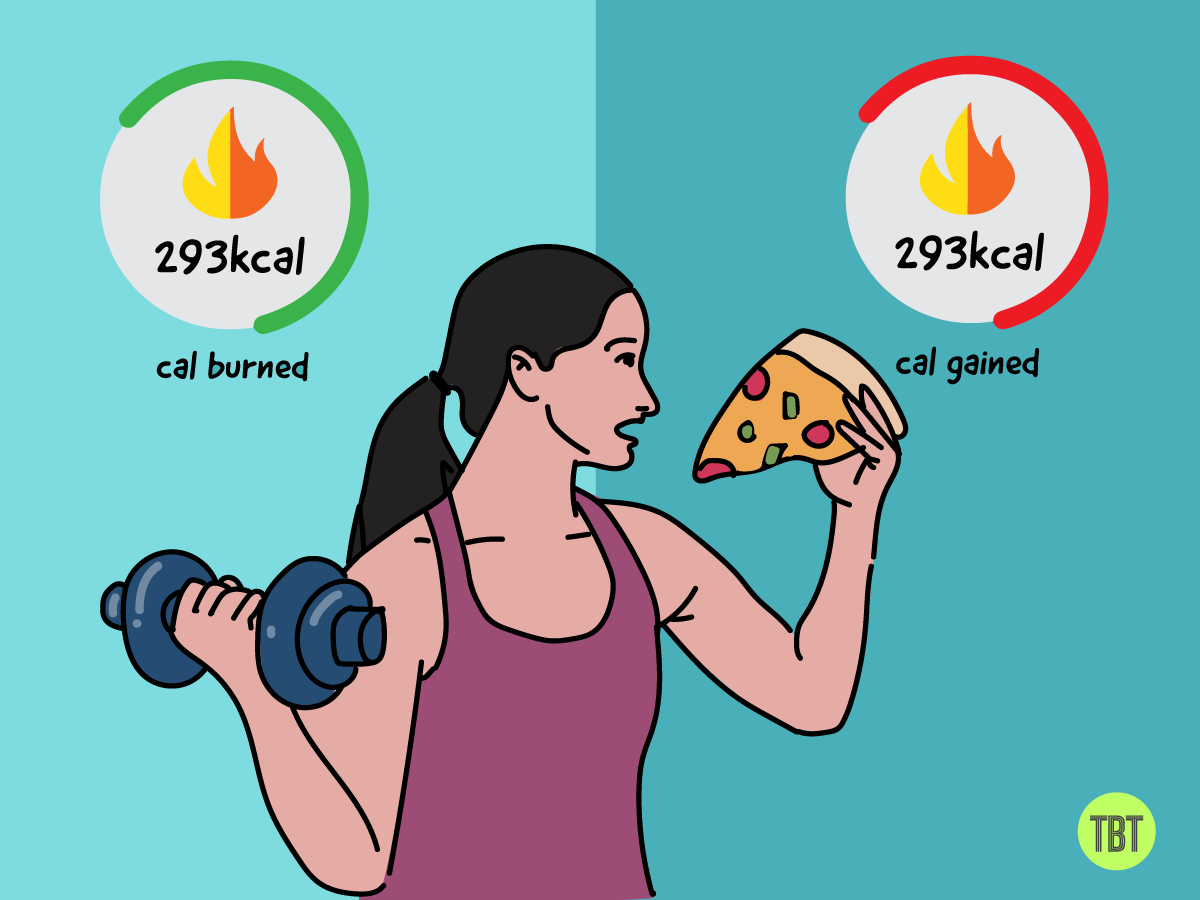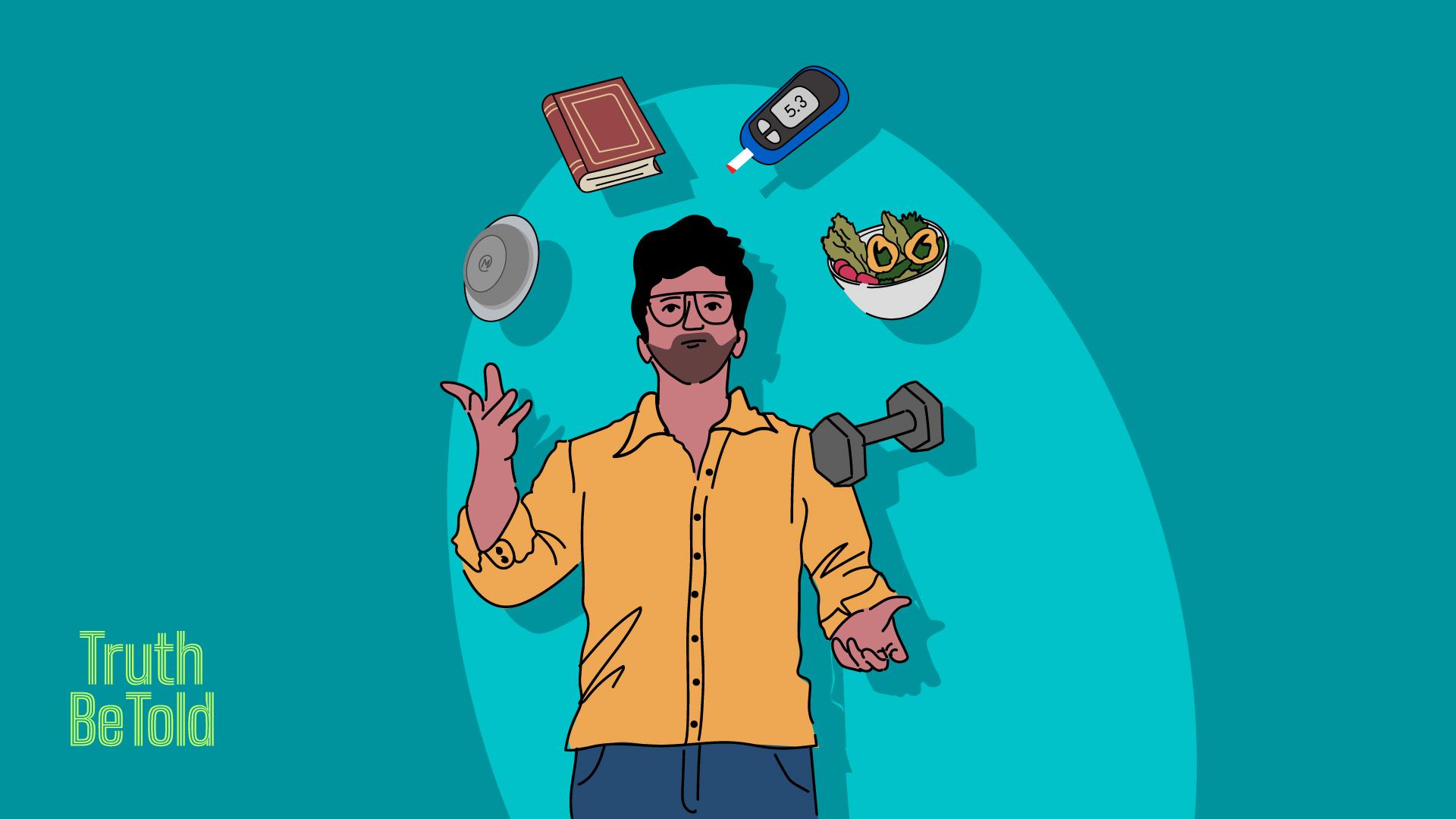How are people reversing diabetes? Did British rule make us prone to diabetes?
The most trustworthy source of food and
fitness journalism in the country.
Editor’s Note: Hola folks! Samarth Bansal here, your Editor. Today, I am writing our (now) regular curated edition where we share our favourite health content from outside the TBT universe.
How crucial is exercise for weight loss? What are the pros and cons of fad diets? Do they really work? What has the British Raj got to with India’s diabetes problem? How to reverse type-2 diabetes? Why do facts on health keep changing?
Five things. Happy reading. And watching!
One: How British colonialism increased diabetes in south Asians
Okay, a bit of history. This short five-minute video by The Guardian was quite revealing.
During the 89 years of British rule in India, policies such as harsh land taxes and the exportation of food worsened the effects of famines in South Asia. These policies directly led to the death of millions and indirectly influenced the genetic makeup of South Asians through epigenetics—a field of study that explores how environmental factors can change the way our genes work and are passed down through generations.
That is, it changed how South Asian bodies handle food and energy at the genetic level.
The video argues that these famines have made South Asian genes ‘starvation-adapted’ — meaning, South Asian bodies have adapted to store fat and sugar more effectively to survive hard times.
But there are no famines anymore. In the modern context where food is plentiful, this same ability actually works against them, making them more prone to storing fat and less efficient at processing sugar, thereby increasing the risk of diabetes.
While this historical context offers valuable insights into why South Asians might be more susceptible to diabetes, it’s important to remember that genes aren’t destiny. Lifestyle choices still play a significant role in managing or even preventing diabetes. Adopting healthier eating habits and staying active can make a difference—no matter your genetic predisposition.
Two: The journey to reverse type-2 diabetes
I’m a big fan of Amit Varma’s podcast, The Seen and The Unseen. A few months ago, Amit started a new weekly show with Ajay Shah called ‘Everything is Everything’. Episode nine is relevant for TBT readers as it explores Amit’s own journey to reverse type 2 diabetes.
Here’s a quick rundown: About five years ago, Amit weighed 105 kg. He took up a keto diet, intermittent fasting, and daily running to shed the weight. This approach was effective, and he lost 20 kg, reaching 85 kg. He maintained this weight until the COVID-19 pandemic made him less active, causing his weight to rise again to 107 kg.
Around 18 months ago, Amit was diagnosed with Type 2 diabetes with an HbA1c level of 7.7. Despite knowing what he needed to do, making the necessary changes proved difficult. After three months on medication with little improvement, Ajay introduced him to Continuous Glucose Monitors (CGMs). He used them for three two-week cycles, enabling him to track how different foods affected his blood sugar levels. This data-driven approach helped him effectively manage his diabetes, bringing his HbA1c down to a healthier 5.7.
The episode is an hour-long, and I highly recommend it. My mom also reversed her pre-diabetes using CGMs, so I think it’s crucial for more people to understand how beneficial they can be. They’re especially useful for managing this disease through lifestyle and dietary changes, although affordability remains an issue. (Read our earlier Truth Be Told piece on glucose monitors here and blood glucose spikes here.)
The episode also includes a discussion on the history of sugar and diabetes in the first 20 minutes. While I don’t necessarily agree with all the points raised—mainly because I’m not a fan of Gary Taubes—the conversation still moves on to insightful discussions on CGMs, diabetes, complex carbs, the gut microbiome, and more. It’s worth a listen.
Share this with all South Asians you know 😝
Three: Why you shouldn’t just exercise to lose weight
The Vox headline is click-baity but the article isn’t. It’s a deep dive into the complex relationship between exercise, weight loss, and health, grounded in over 60 scientific studies.
When I began my weight loss journey three years ago, everyone around said that diets don’t work and I’d regain the weight. (Phew, just one among the many demoralising things I had to endure during those seven months.)
Now that I’ve effortlessly maintained my weight three years later—read my old TBT piece on learnings from weight loss journey here—the topic feels personal, which is why I appreciate this article’s nuanced approach.
Few key insights:
1) Say you are working hard in the gym. Or on the track. Or at the tennis court. But you see no change in your waistline or the number on the scale. Remember two things: First, exercise is undoubtedly good for both your body and mind, regardless of the metrics. Second—and this is crucial—exercise alone is almost futile for weight loss. Diet plays a far more critical role; it’s a simple fact we can’t ignore in the obesity debate.
2) Most of the calories you burn daily are for basic bodily functions—your Basal Metabolic Rate (BMR). Exercise accounts for just 10 to 30 percent of your total energy expenditure. Your diet can quickly negate any calories burned during a workout.
As the article notes:
“You work hard on that machine for an hour, and that work can be erased with five minutes of eating afterward,” Hall added. A single slice of pizza, for example, could undo the calories burned in an hour’s workout. So could a cafe mocha or an ice cream cone.

A single slice of pizza can undo the calories burned in an hour.
3) Exercise may make your body ‘cling’ to calories. The harder you work out, the more your body tries to save energy, making weight loss more challenging. This is like your body’s safety net to ensure it has enough fuel for later, even if you’re trying to use it all up with exercise. In simpler terms, the more you exercise, the better your body gets at holding onto its energy stores, making it tougher to shed those extra kilos.
4) Herman Pontzer’s study suggests there may be a ‘calorie-burning wall.’ After a certain point, being more active doesn’t necessarily burn more calories. This challenges the idea that more exercise equals more calories burned. It’s an emerging area of research, so it’s not set in stone but offers a compelling perspective.
For more depth and practical tips on what actually works, read the full article.
🏃🏻 Be more active… in sharing this article
Four: Fad diets are not all gimmicks
Dietary preferences are highly personal. What works for one person does not for another. Which is why I’m not a fan of preachy, prescriptive health writing that claims one diet is the ultimate solution. Where some forms of eating are declared the absolute best and everything else is considered rubbish.
This is why I enjoyed reading BowTiedOx’s substack post. It’s a sharp analysis comparing the pros and cons of five popular fad diets: carnivore, keto, intermittent fasting, paleo, and veganism.
Fad diets often promise quick results and label foods as ‘good’ or ‘bad.’ They’re rigid, focus on short-term changes, and can be unsustainable. But they aren’t scams; they work for some people. As the article notes, diets should be viewed as tools, not absolutes, for reaching health goals.
“As you can see, I actually have many positive things to say about many of the, what is considered in most circles, “fad diets”. This is because there are many, many ways to get the job done, and if you enjoy eating a certain way, by all means, go for it.
The main point I want to highlight is the fact that all things have pros and cons, and we don’t need to be binary in our thinking about diets. The reality is, as I say until I turn blue in the face, all diet models are a TOOL to reach a desired outcome.”
I’ve often criticised fad diets myself, but this article was a refreshing reminder of why they can be effective for some. Well worth your time.
Five: The half-life of facts
I am sneaking in this one post which has nothing to do directly with exercise or nutrition—but about knowledge itself. And how to think about what we are learning, which is so crucial for a topic like health, where contradictory information keeps changing.
My journalistic work has taught me the world is less conspiratorial than it might seem so. This idea of evil-genius scientists trying to deceive you for their selfish interests is the sexiest and most sellable story to tell when our understanding of a subject changes. But while that is true sometimes—humans!—many times, this is just the nature of knowledge production.
Samuel Arbesman’s compelling book ‘The Half-life of Facts’ builds on this theme of the ever-changing landscape of knowledge. I read this a while ago—it’s a bit nerdy, so I don’t casually recommend it. But this article on Farnam Street gets the key idea in. (The author’s interview with The Economist is also worth reading.)
The book argues that knowledge, much like radioactive material, has a ‘half-life’—a decay rate over time. Facts that we hold true today might be updated or even disproven in the future, making way for new understandings.

Facts are always evolving
This is especially pertinent in fields like medicine, where the churn of new information is rapid and constant. Arbesman suggests that instead of fearing this dynamism, we should embrace it as an integral part of our ongoing learning journey. He prompts us to remain open and adaptable, continuously questioning and updating our knowledge base.
So, the next time you find yourself bewildered by the latest contradictory health advice, remember: it’s not necessarily a conspiracy—it’s just the natural course of knowledge evolution.
That’s it for today. Hope this edition broadens your understanding and sparks some healthy curiosity. What did you find most fascinating? Write to me 🙂 Until next time!
🌏Share this article before the information in it evolves.
